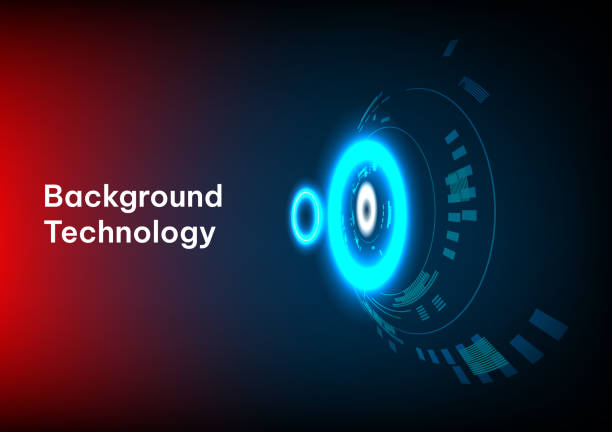What is On-Page SEO and Why Does it Matter?
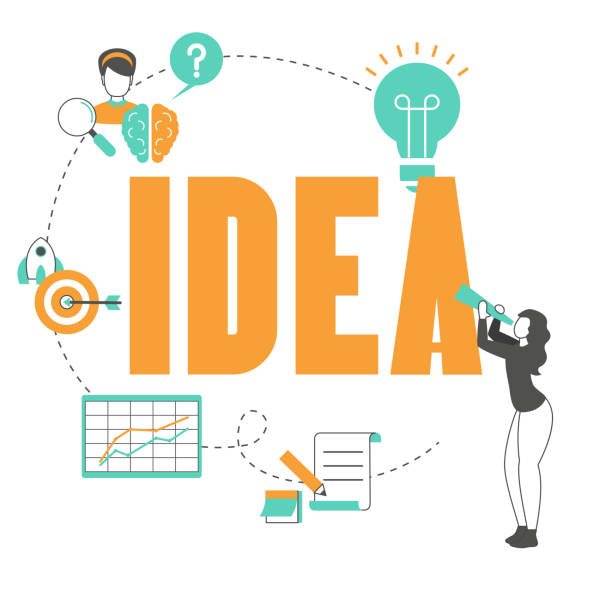
On-Page SEO is a set of actions taken to optimize website pages in order to improve their ranking in search results.
These actions include optimizing content, site structure, HTML tags, and other internal elements of the website.
The importance of #On_Page_SEO stems from the fact that it helps search engines better understand the content of the website and show it to more relevant users.
In fact, On-Page SEO is the foundation of a successful SEO strategy, and without it, efforts for Off-Page SEO will not achieve the desired results.
Improving On-Page SEO not only increases the site’s ranking in search results but also improves user experience and increases conversion rates.
For more information on SEO, you can visit this link: SEO Wikipedia.
In today’s competitive world, having a website with strong On-Page SEO is essential for online success.
Therefore, investing in On-Page SEO is an investment in the future of your business.
Another benefit of On-Page SEO is the increase in organic traffic that is directed to your site directly and free of charge through search engines.
Are visitors to your online store leaving before making a purchase? Worry no more! With Rasaweb’s professional online store design services, solve the problem of not converting visitors into customers once and for all!
✅ Significant increase in conversion rates and sales
✅ Unique and attractive user experience
⚡ Contact us now for a free consultation!
Keyword Research: The Cornerstone of On-Page SEO

Keyword research is the first and most important step in On-Page SEO.
Choosing the right keywords helps you optimize your content based on the needs and searches of users.
To start, create a list of keywords related to your business.
Use tools like Google Keyword Planner, Ahrefs, or Semrush to find keywords with high search volume and low competition.
After choosing the main keywords, look for secondary and long-tail keywords.
Long-tail keywords are more specific search terms that users use to find specific information.
Using long-tail keywords helps you attract more targeted traffic.
For example, instead of using the keyword “shoes,” use the phrase “buy men’s sports shoes for walking.”
Remember that the selected keywords should be relevant to the content of your website and used naturally in the text.
Excessive use of keywords (Keyword Stuffing) can damage your site’s ranking.
Proper use of keywords in the page title, meta description, headings, and main text of the page plays an important role in On-Page SEO.
The website Ahrefs provides comprehensive guides on keyword research.
Content Optimization: Producing High-Quality and Engaging Content
![]()
Content is king! This phrase is often heard in the world of SEO and shows the importance of quality content.
To improve On-Page SEO, you need to produce content that is both attractive to users and optimized for search engines.
Your content should provide useful and valuable information to users and answer their questions.
Use images, videos, and infographics to make the content more attractive.
Your content must be unique and original.
Copying other people’s content (Plagiarism) can damage your site’s ranking.
The length of your content is also important.
In general, longer content (at least 300 words) has a better chance of ranking.
Update your content regularly to keep it fresh and relevant for search engines.
Using the selected keywords in headings, subheadings, and the main text of the page helps search engines better understand the topic of the page.
But remember that the use of keywords should be natural and balanced.
Finally, optimize your content for users, not just search engines.
Content that is useful and attractive to users will naturally rank higher in search results.
| Title | Description |
|---|---|
| Page Title | The page title should be attractive and relevant to the content of the page and include the main keyword. |
| Meta Description | The meta description should be a summary of the content of the page and encourage users to click. |
| Headings (H1-H6) | Headings should specify the structure of the content and include relevant keywords. |
Optimizing Titles and Meta Descriptions
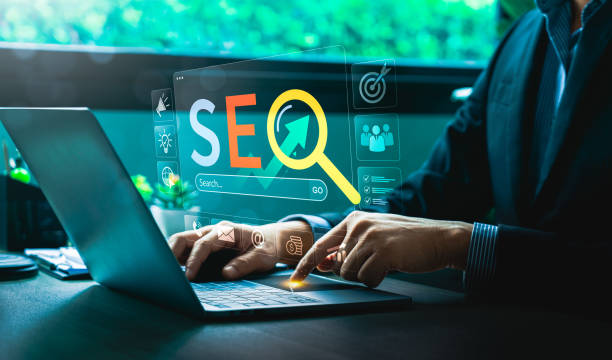
The Title Tag and Meta Description are two important elements in On-Page SEO that are displayed in search results.
The title tag is the main title of the page that is displayed at the top of the browser and in search results.
The meta description is a summary of the content of the page that is displayed below the page title in search results.
The page title should be attractive and relevant to the content of the page and include the main keyword.
The length of the page title should be less than 60 characters to be fully displayed in search results.
The meta description should be a summary of the content of the page and encourage users to click.
The length of the meta description should be between 150 and 160 characters.
Use relevant keywords in the meta description, but naturally and balanced.
The page title and meta description should be unique for each page of the website.
Copying the page title and meta description from other pages can damage your site’s ranking.
Optimizing titles and meta descriptions is one of the simplest and most effective ways to improve On-Page SEO.
Are you worried about losing customers who don’t have a professional online store?
Forget these worries by designing an online store with Rasaweb!
✅ Significant increase in sales and conversion rate of visitors to customers
✅ Professional and user-friendly design that builds customer trust
⚡ Get a free consultation from Rasaweb
Optimizing Images: Increasing Speed and Improving User Experience

Images play an important role in the attractiveness and user experience of the website.
But large and unoptimized images can reduce the site’s loading speed and damage On-Page SEO.
To optimize images, first reduce the image file size.
Use tools like TinyPNG or ImageOptim to compress images without losing quality.
Choose the appropriate file format for the images.
JPEG format is suitable for images with many colors, and PNG format is suitable for images with few colors and transparency.
Use the ALT attribute to describe the images.
The ALT attribute helps search engines understand the content of the images and display them in search results.
Choose meaningful file names for the images and use relevant keywords.
For example, instead of the file name “IMG_1234.jpg,” use the file name “men’s-sports-shoes.jpg.”
By optimizing images, you can increase the site’s loading speed, improve user experience, and help On-Page SEO.
URL Structure: Creating SEO-Friendly URLs
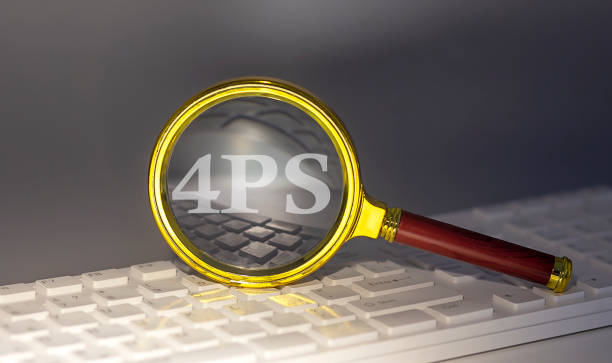
The URL (Uniform Resource Locator) structure plays an important role in On-Page SEO.
SEO-friendly URLs are URLs that are understandable and relevant to users and search engines.
To create SEO-friendly URLs, use relevant keywords in the URL.
URLs should be short and concise and avoid special and unnecessary characters.
Use a hyphen (-) to separate words in the URL.
URLs should be fixed and not change.
Changing URLs can damage your site’s ranking.
Use a hierarchical structure for URLs to reflect the structure of your site.
For example, the URL of the “men’s sports shoes” page can be “example.com/shoes/men’s/sports.”
By creating SEO-friendly URLs, you can help search engines better understand the structure of your site and help On-Page SEO.
For more information on SEO-friendly URLs, you can visit the MOZ website.
Internal Linking: Creating a Network of Internal Connections
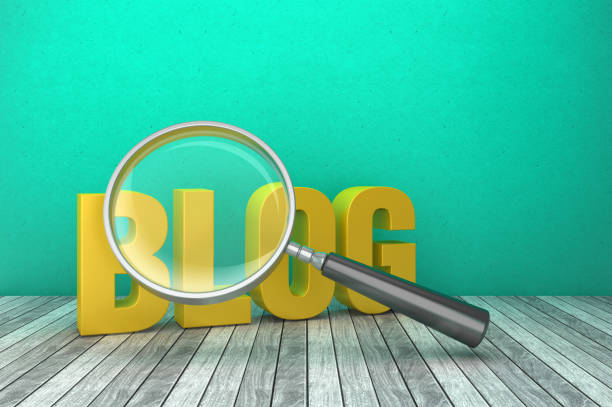
Internal Linking refers to the process of linking from one page of a website to another page on the same website.
Internal linking plays an important role in On-Page SEO.
Internal linking helps search engines better understand the structure of your site and find the more important pages.
Internal linking helps users easily navigate your site and find the information they need.
By linking from high-ranking pages to low-ranking pages, you can also increase the ranking of the lower pages.
When linking, use relevant and descriptive anchor text.
Anchor text is the text used for linking.
The anchor text should be relevant to the content of the destination page.
Regularly check your internal links and fix broken links.
You can use tools like Google Search Console to find broken links.
Perform internal linking naturally and balanced, and avoid linking too much to one page.
| Type of Internal Link | Description | Example |
|---|---|---|
| Text Links | Links that are placed in the main text of the page. | For more information on SEO, visit this page. |
| Navigation Links | Links that are placed in the main menu or footer of the site. | Home, About Us, Contact Us |
| Footer Links | Links that are located in the footer of the site and usually point to important pages of the site. | Privacy Policy, Terms of Use |
Site Speed: A Key Factor in Ranking
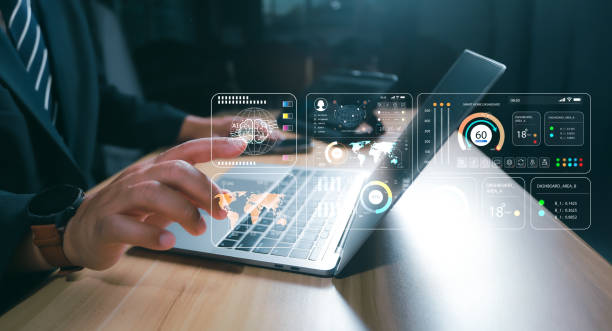
Site Speed is one of the important factors in Google ranking.
Users expect website pages to load quickly.
If your site is slow, users will quickly leave it, and this can damage your site’s ranking.
To improve site speed, first test your site speed using tools like Google PageSpeed Insights or GTmetrix.
After testing the site speed, identify the existing problems and fix them.
Some of the ways to improve site speed are: optimizing images, using CDN (Content Delivery Network), enabling Gzip compression, reducing the size of HTML, CSS, and JavaScript code, using caching, choosing a quality hosting.
Improving site speed not only improves the site’s ranking in search results but also improves user experience and increases conversion rates.
Improving site speed is one of the most important aspects of On-Page SEO for your site.
Are you tired of having visitors to your online store but no sales? Rasaweb solves your main problem with professional online store designs!
✅ Significant increase in sales with targeted design
✅ Flawless user experience for your customers
⚡ Get a free consultation!
Responsiveness: Designing a Website for Different Devices
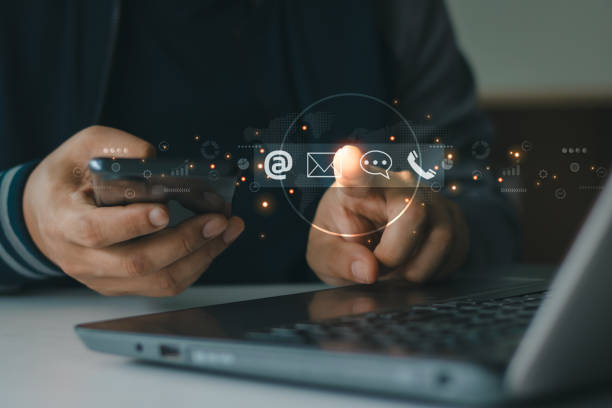
Responsiveness means that your website automatically adapts to the screen size of different devices (such as computers, tablets, and mobile phones).
Given the increasing use of mobile for internet searches, website responsiveness is essential for On-Page SEO.
Google gives responsive websites a higher ranking.
To ensure that your website is responsive, test it on different devices.
Use Google’s Mobile-Friendly Test tool to check the responsiveness of your website.
Use CSS frameworks like Bootstrap to design a responsive website.
Website responsiveness not only improves the site’s ranking in search results but also improves user experience and increases conversion rates.
Have a responsive website so that all users can easily use your site and improve your On-Page SEO.
Using Schema Markup: Helping Search Engines Better Understand Content

Schema Markup is a code that is added to your website pages to help search engines better understand the content of the page.
Schema Markup can provide information such as the type of content (e.g., article, product, event), author, publication date, rating, and reviews to search engines.
By using Schema Markup, you can display Rich Snippets (rich search results) in search results.
Rich Snippets can increase click-through rate (CTR) and attract more traffic to your site.
To add Schema Markup to your website pages, you can use the Schema Markup Generator tool.
Implement Schema Markup correctly and accurately.
The information provided in Schema Markup must match the content of the page.
Using Schema Markup is an advanced On-Page SEO technique that can help improve your site’s ranking in search results.
Using this method to improve On-Page SEO can improve your ranking in search engines.
Frequently Asked Questions
| Question | Answer |
|---|---|
| What is On-Page SEO? | It refers to the set of actions that are performed within the website to improve ranking in search engines. |
| Why is On-Page SEO important? | Because it helps search engines better understand the content and structure of your site and improves user experience. |
| What are the most important elements of On-Page SEO? | Title and meta descriptions, keywords, URL structure, quality content, image optimization, internal linking, and site speed. |
| How to optimize the Title Tag and Meta Description? | The title should include the main and attractive keyword, and the meta description should be an encouraging summary of the content with relevant keywords. |
| What is the role of keywords in On-Page SEO? | Keywords help search engines understand what the page content is about and should be used naturally and intelligently in the text. |
| How is image optimization done for On-Page SEO? | By compressing the volume, using a descriptive file name, and filling the Alt tag with relevant descriptions and keywords. |
| What is Internal Linking and what is its application? | It is connecting different pages of the site to each other. This helps to distribute Page Authority and improve the crawling of search engines. |
| What is the importance of site loading speed in On-Page SEO? | High speed improves user experience and is an important ranking factor for search engines like Google. |
| What is the impact of site Mobile-Friendliness on On-Page SEO? | Given the increase in mobile users, responsiveness is essential for providing a suitable user experience on all devices and for Google’s mobile-first indexing priority. |
| What are the important factors related to content in On-Page SEO? | Originality, quality, comprehensiveness, readability, proper use of headings (H1, H2, …) and regular content updates. |
And other services of Rasa Web advertising agency in the field of advertising
Smart direct marketing: an effective tool to attract customers with the help of attractive user interface design.
Smart direct marketing: designed for businesses looking to increase sales through the use of real data.
Smart sales automation: a fast and efficient solution to increase click-through rates by focusing on marketing automation.
Smart digital branding: a combination of creativity and technology to increase sales through a SEO-driven content strategy.
Smart content strategy: a professional solution for digital branding with a focus on customizing the user experience.
And more than hundreds of other services in the field of internet advertising, advertising consulting and organizational solutions
Internet Advertising | Advertising Strategy | Reportage Ad
Resources
On-Page Optimization at Moz
,On-Page SEO Guide at Ahrefs
,On-Page SEO Guide at Search Engine Land
,What is SEO? Comprehensive Guide from Yoast
? Are you ready to grow your business in the digital world? Rasa Web Digital Marketing Agency, by providing comprehensive and innovative services, paves the way for your success. From professional website design that is the showcase of your business to complex SEO strategies and advertising campaign management, we are with you at every stage. With us, your brand will be seen at its peak.
📍 Tehran, Mirdamad Street, next to the Central Bank, Southern Kazerun Alley, Ramin Alley No. 6
“`


